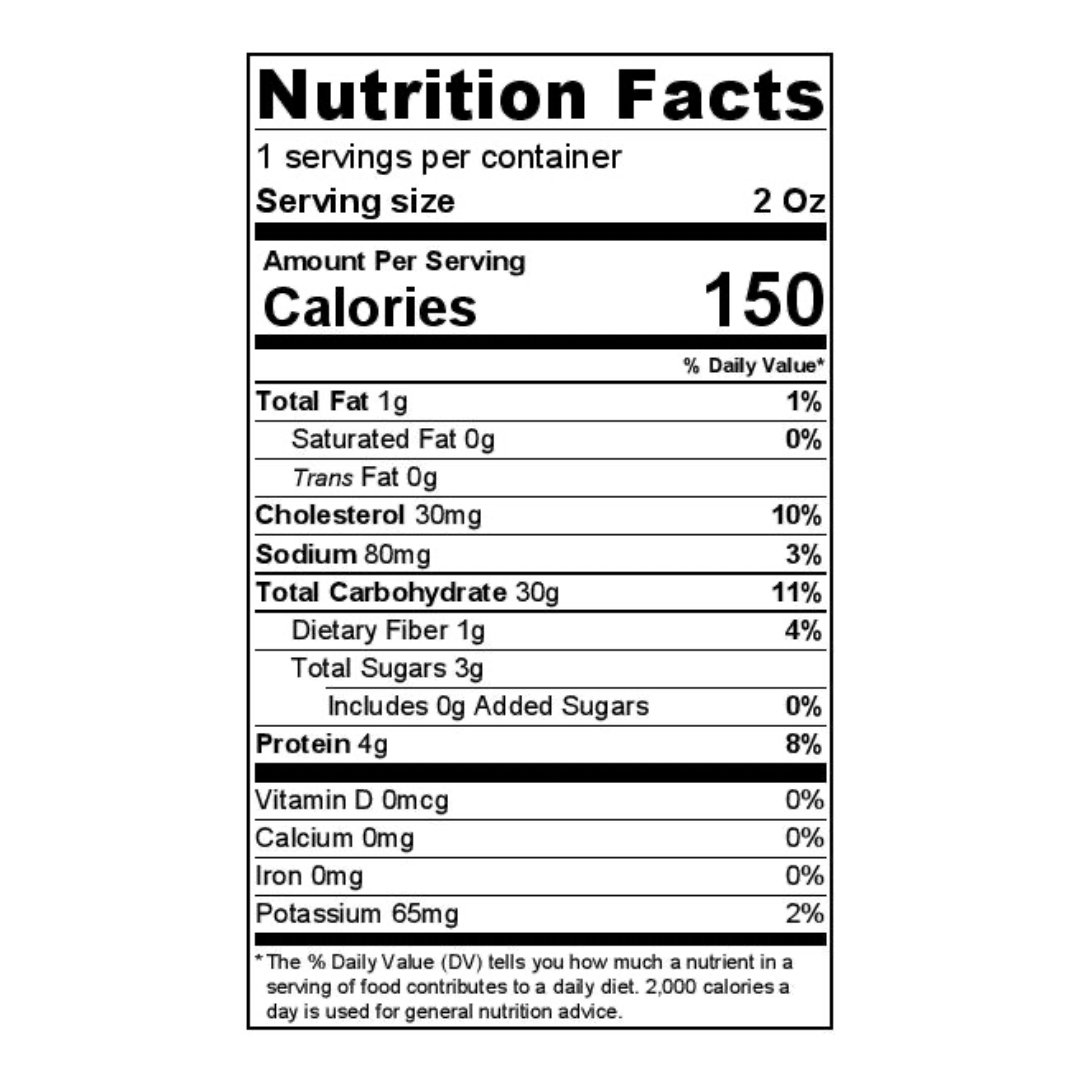High-Intensity Interval Training 101
Kayla Castle • June 22, 2021
What are HIIT workouts?

High-Intensity Interval Training (HIIT) workouts are cardiorespiratory-based workouts. With a work interval followed by a rest interval. During the work period, your workout as hard as you can, about 80-95% of your maximal aerobic capacity. During the rest period, you recover and refocus on gaining control of your breathing.
What are HIIT workouts good for?
1. Increasing anaerobic and aerobic fitness levels.
2. Burin a lot of calories in a short amount of time. Followed by an increased metabolic. rate even after you finished the HIIT workout.
3. HIIT workouts are great at reducing subcutaneous ad abdominal fat.
4. Improves oxygen utilization.
5. Increase insulin sensitivity
6. Reduces blood pressure, heart rate and fasting insulin levels.
Let’s-go! How do I structure an HIIT workout?
The optimal duration of a HIIT workout is 10-20 minutes. Break down each minute as 30-seconds work: 30-seconds rest. If you are advanced you can play around with the breakdown. Such as 45-seconds work: 15-seconds rest.
What exercises should I do?
My favorite HIIT workout is jump roping! Sprinting and doing other high-intensity exercises are also great options. Stay tuned I will be posting a 12-minute HIIT reel workout on Instagram later this week!
How often should I do a HIIT workout?
Since HIIT workouts are intense endurance-based workouts, they should be limited to 1-2x a week. It is not recommended to do a HIIT workout back-to-back. Instead, they should be spaced out (i.e. Monday/Friday). If you are new to HIIT workouts, start with 1x a week for 10 minutes. Then from there, you can add another session or slowly increase the duration.

You know when you eat something sweet and then later in the day you start feeling sluggish and tired? That sugar crash feeling is from a sharp rise in blood sugar levels followed by a decline. Having consistent blood sugar levels provides us with a consistent energy boost. By structuring our meals in a balanced pattern, you will be less likely to experience a “sugar crash”.





































































































